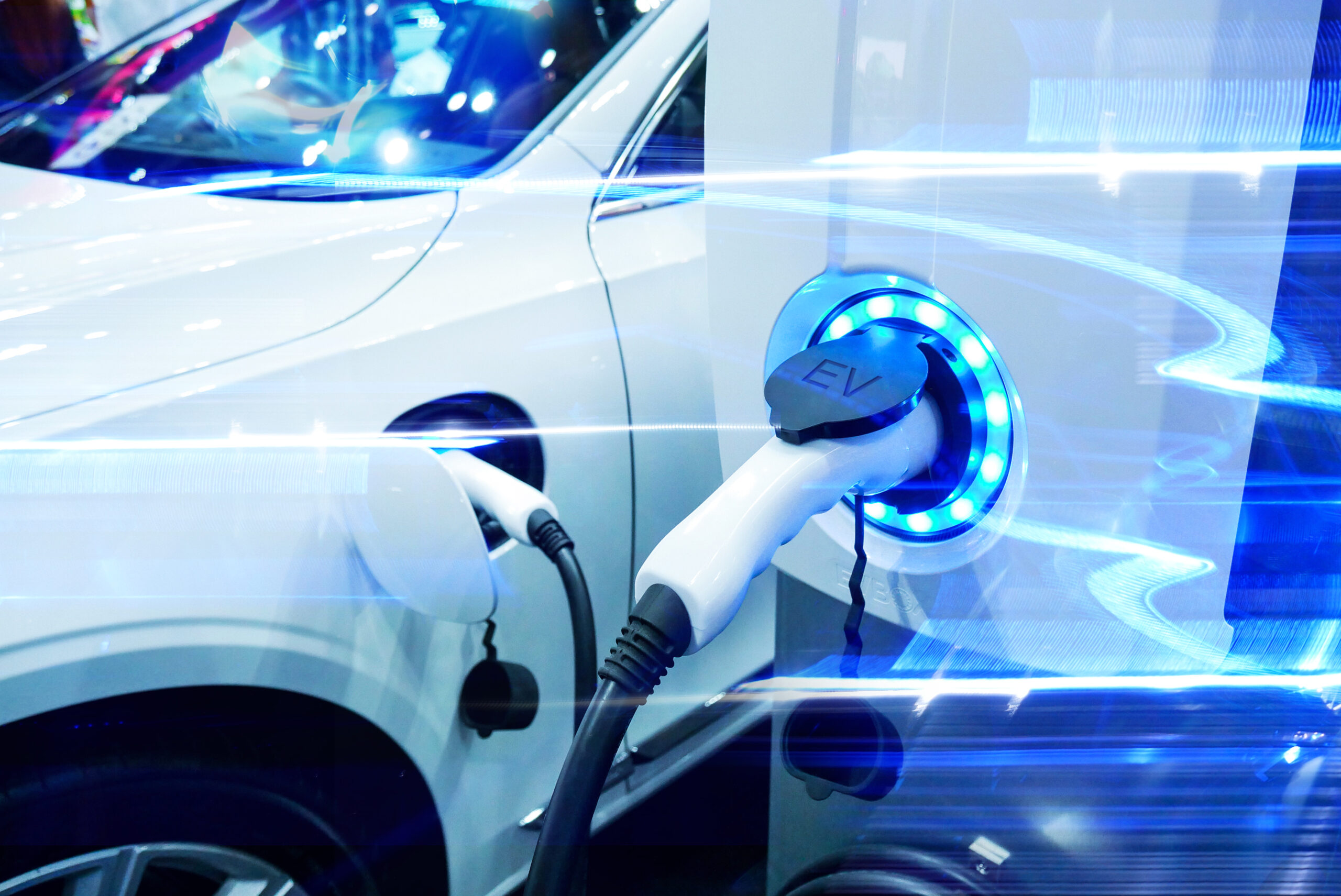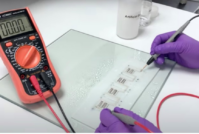look what we did!
Category: Automotive
How Polyurethane is Evolving Conventional and Electric Vehicles
Have you ever thought about what makes the seats, armrests, or headrests in your car so comfortable? What is keeping your engine cool and insulated? Or what is serving as a sound barrier to help reduce unwanted road noise inside your vehicle? The answer is polyurethane. Today, many conventional and electric vehicles are using polyurethane to enhance driver experience and vehicle performance. The automotive industry is using these versatile materials to produce cars that are lighter in weight, are quieter, and feature improved safety measures.
Using Sustainable Foam in the Interior
Today’s vehicles contain an average of 74 pounds of polyurethane, which makes up 18.5% of their weight. Studies by the U.S. Environmental Protection Agency (EPA) have shown that just a 10% reduction in vehicle weight creates a 7% reduction in fuel consumption.
Due to the demand for greater fuel efficiency in conventional vehicles and for lightweighting in general, manufacturers are continually improving and making new interior parts out of polyurethane. The seats that support your back, legs and arms are made up of high-resilience polyurethane foam that conforms to your body while driving or sitting. About 20 to 30 pounds of foam are used in vehicle seating. These foams are on average 50 percent thinner than they were several years ago. Thinner seats are not only lighter-weight, but they allow for more headroom without raising the roof height of the vehicle.
Companies have created products that use polyurethane to improve automotive seating while using sustainable raw materials derived from by-products of the chemical industry. Some of the products use flexible polyurethane foam for soft, comfortable, and versatile moldings, while others use polyurethane films for headrests and arm rests. Key benefits of these products include versatility, stability, durability and a simple, responsible manufacturing process.
Decreasing Noise Levels
A smooth driving experience includes a noise-free ride, and manufacturers of conventional vehicles are using cast or spray foams to make this possible. Due to the versatility of polyurethane, foams can act as a form of insulation for both heat and sound within a vehicle. When it comes to creating quieter rides for passengers, cast polyurethane is being used in muffler systems. Mufflers insulated with polyurethane are more resistant to environmental degradation and can outlast other alternatives, such as rubber, in demanding environments.
Not only does noise reduction make your ride more enjoyable, but it has also become essential to passenger safety. With new handsfree communication and GPS devices, being able to hear what is happening inside the car is just as important as blocking the noise from the engine, the tires, and the road. A quieter ride can lead to better concentration and quicker reaction times, keeping drivers and passengers safe.
Improving Electric Cars
As electric vehicles grow in popularity, it is important for the automotive industry to provide drivers and passengers with convenience as well. Today, polyurethane based materials are being used in a range of areas to enhance the overall operations of electric vehicles.
One of the main areas of concern for electric vehicle owners is how far you can travel before you have to recharge. Taking a cue from the aerospace industry, automotive companies are using polyurethane to reduce the weight of electric cars, making them lighter and more efficient, allowing them to travel longer distances per charge. By replacing common materials such as steel with aluminum or polyurethane, manufacturers can significantly decrease weight, and therefore, the amount of energy expended.
While engine and muffler noise is the challenge in conventional vehicles, electric vehicles can be so quiet that road noise is more noticeable. That’s why polyurethane foam can also be found in bumpers, exterior and interior door parts and the trunk.
Other ways electric cars are evolving is through the battery system. By isolating shock and vibration with polyurethane based foam, batteries are more resilient and able to last longer.
Moving Forward
Without a doubt, polyurethane is making its mark on the automotive industry. As the popularity of electric cars increases and the demand for more fuel efficient and sustainable vehicles expands, so will the use of polyurethane.

























